How solar systems work
A complete solar energy system consists of several key components: solar panels, inverters, batteries, and connection systems like net metering and feed-in tariffs.Here's how these elements work together to power your home or business:
Solar panels
Solar panels are made up of photovoltaic (PV) cells that convert sunlight into direct current (DC) electricity. When sunlight hits the PV cells, it excites electrons, creating an electrical circuit that produces power.
Solar inverter
The DC electricity generated by the panels is sent to a solar inverter, which converts it into alternating current (AC) electricity. AC electricity is compatible with the electrical grids and is used to power homes and businesses.
Solar batteries
Solar batteries store excess energy produced by solar panels. This stored power can be used during nighttime, cloudy days, or during power outages, ensuring a consistent energy supply.
Net metering and feed-in tariffs
Net metering allows solar system owners to feed unused solar electricity back to the grid in exchange for billing credits. Conversely, feed-in tariffs provide financial compensation to the owners for the electricity they contribute to the grid.
Finance available
To make solar energy more accessible, we offer financing options to help cover the cost of your solar system without financial strain.
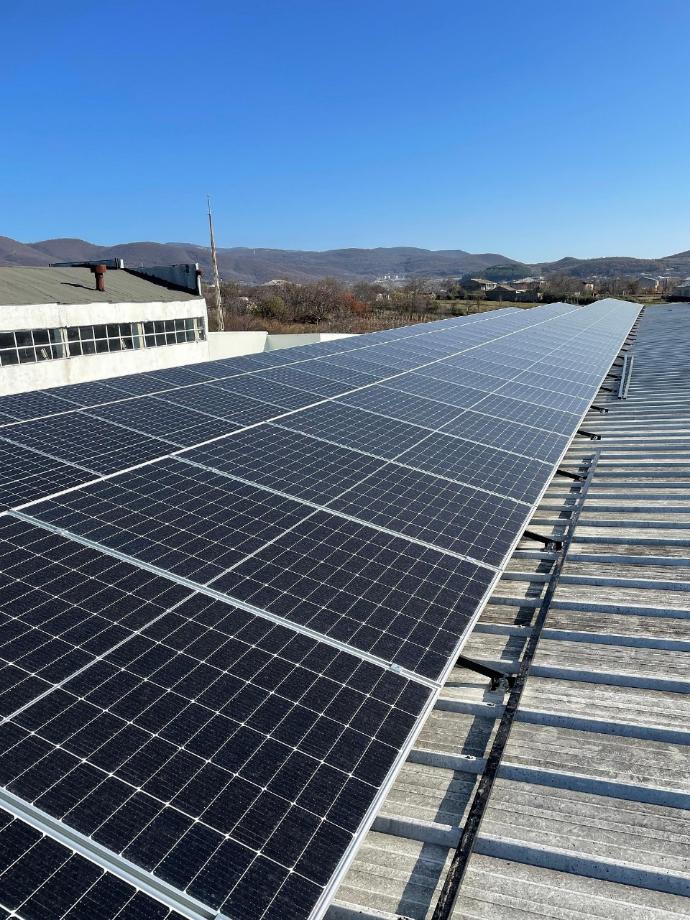
Detailed component analysis
At Sun Spark Energy, sustainability is at the core of everything we do. We are committed to reducing environmental impact and promoting sustainable practices:
- What is solar panel? : WSolar panels consist of multiple solar cells made from layers of silicon, phosphorus, and boron. These layers create an electric field that facilitates the flow of electricity as light hits the cells.
- What is solar inverter? : The inverter's primary role is to convert DC into AC electricity, making the solar-generated power usable in-home appliances. Modern inverters also optimize the power output and provide system monitoring features.
- The Role of Solar Batteries? : Batteries enhance a solar system's efficiency by storing surplus energy, which can be used when production from solar panels is low. This not only maximizes the use of solar energy but also reduces dependence on the utility grid.
- What is feed-in tariffs? : are incentives that governments offer to encourage the adoption of renewable energy. They guarantee a fixed premium price for each kilowatt-hour of electricity exported back to the electricity grid from a renewable source.
- Understanding Net Metering? : What is net metering? Net metering allows consumers who generate some or all of their electricity to use that generation anytime, instead of only when it is generated. This is particularly advantageous for balancing out solar production peaks and usage peaks, leading to significant savings on electricity bills.
Environmental benefits of solar energy
Solar energy offers substantial environmental benefits that contribute to a sustainable future:
- Reduction in Greenhouse Gas Emissions : Solar energy produces electricity without burning fossil fuels, significantly reducing greenhouse gas emissions such as carbon dioxide.
- Decreased Air Pollution : By reducing reliance on fossil-fueled power plants, solar systems decrease pollutants like sulfur dioxide and particulate matter, which can cause respiratory health problems.
- Conservation of Water Resources : Solar power generation requires significantly less water compared to conventional energy sources, helping to conserve this vital resource.
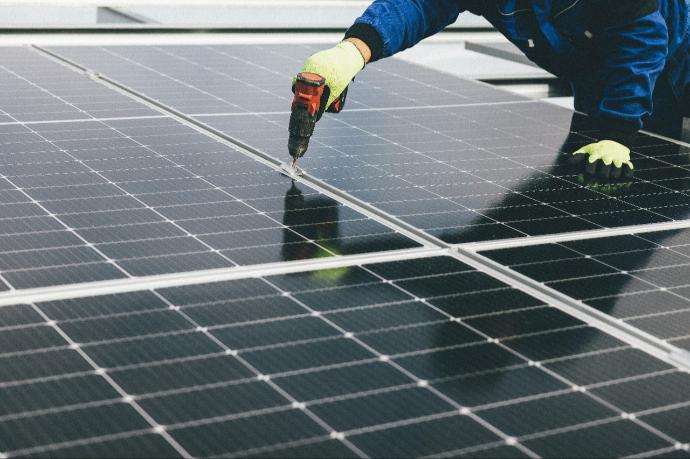
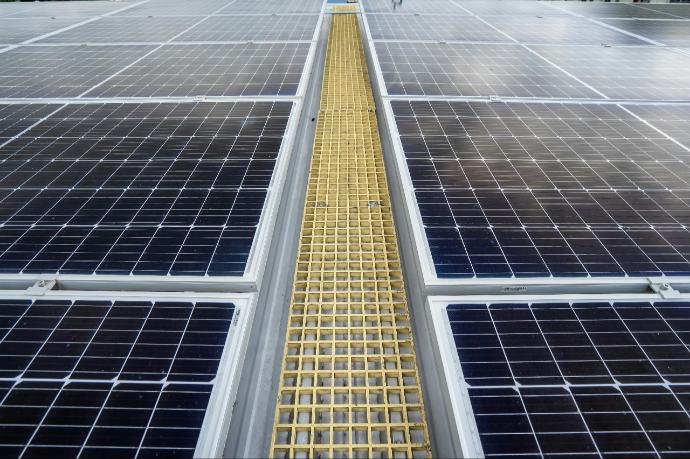
Technological advancements in solar energy
The solar industry is rapidly evolving with innovations that increase the efficiency and applications of solar systems
- Bifacial Solar Panels : These panels capture sunlight from both sides, increasing energy generation by up to 30%.
- Solar Tracking Systems : Trackers adjust the panels' angle to follow the sun, enhancing solar capture throughout the day.
- Integrated Photovoltaic (PV) Systems : New technologies allow PV cells to be integrated into building materials such as roof shingles or windows, blending seamlessly into building aesthetics while generating power.
Solar energy in different climates
Solar energy is versatile and effective in various geographical and climatic conditions
- Sunny Areas : In regions with high sunlight exposure, solar panels can operate at peak efficiency, offering significant energy output and faster return on investment.
- Cloudy Climates : Modern solar panels are increasingly efficient in low-light conditions, making solar viable in areas with frequent cloud cover.
- Seasonal Variations : Now that you know what is solar batteries, how it works, you must also note that solar battery storage is particularly beneficial in areas with significant seasonal variations, storing excess summer production for use during shorter winter days.
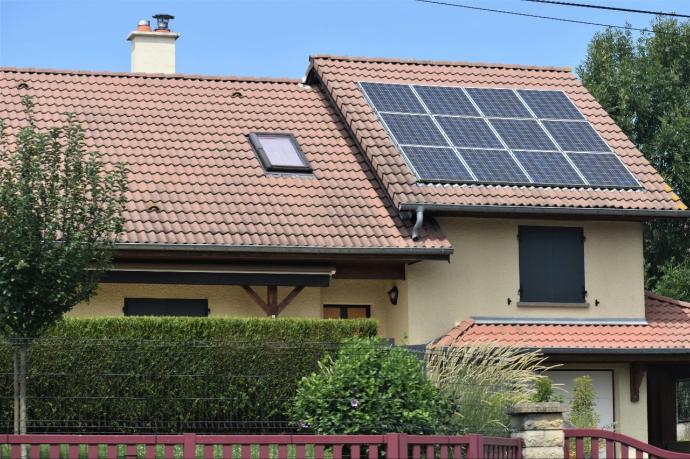
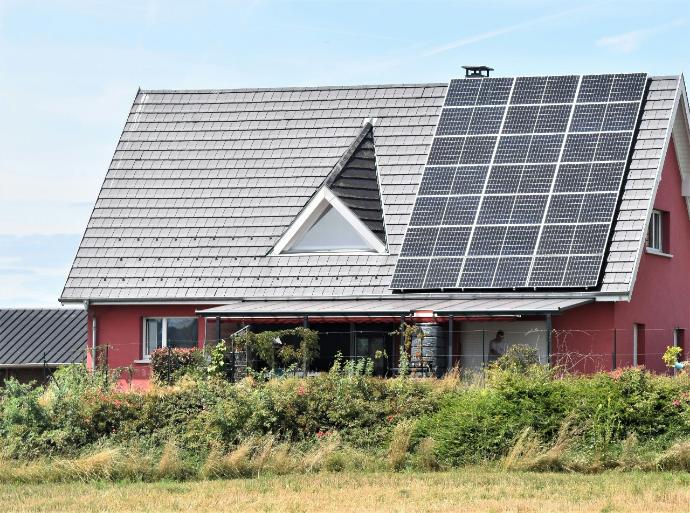
Economic impact of solar energy
Solar energy not only contributes to energy savings but also has a broader economic impact
- Job Creation : The solar industry is labor-intensive, creating a substantial number of jobs in manufacturing, installation, and maintenance. This sector has been one of the fastest-growing in the energy field, supporting economic growth in various regions.
- Energy Price Stabilit :Solar energy can help stabilize energy prices by reducing dependence on imported fuels, which are often subject to volatile market conditions. By increasing the supply of renewable energy, solar power puts downward pressure on energy prices over the long term.
Solar energy and grid integration
Integrating solar energy into the existing power grid presents unique challenges and opportunities
- Grid Reliability : As the penetration of solar power increases, it poses new challenges for grid stability due to its intermittent nature. However, advancements in energy storage and smart grid technologies are addressing these challenges effectively.
- Demand Respons :Solar systems can be part of demand response strategies where users or utilities adjust their electricity usage based on supply availability. Solar installations can reduce demand on the grid during peak times, aiding in balancing supply and demand.
- Decentralization of Power Generatio :Solar energy supports the decentralization of power generation, reducing the strain on transmission and distribution networks and enhancing energy security by diversifying energy sources.
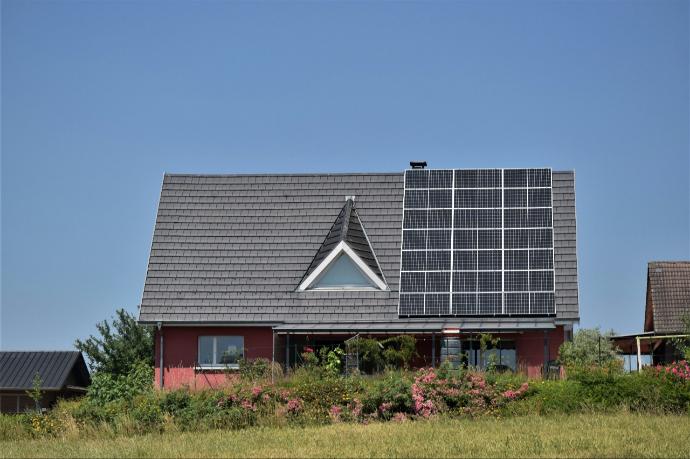
Frequently asked questions
Integrating solar energy into the existing power grid presents unique challenges and opportunities.
Most solar panels are designed to last about 25-30 years before their energy production begins to decline significantly.
The initial cost can be high, but various rebates, tax credits, and feed-in tariff schemes significantly reduce the overall expenses. Additionally, the savings on electricity bills can quickly offset the initial investment.
While not essential, having a battery as part of your solar system can increase your energy independence and ensure power availability during outages.